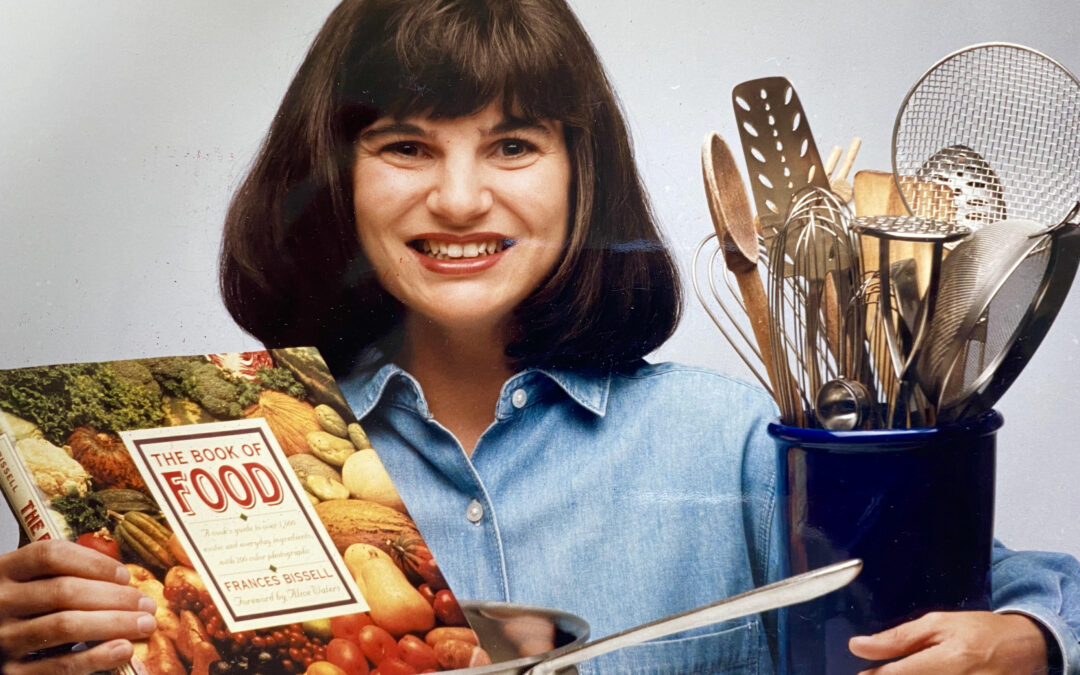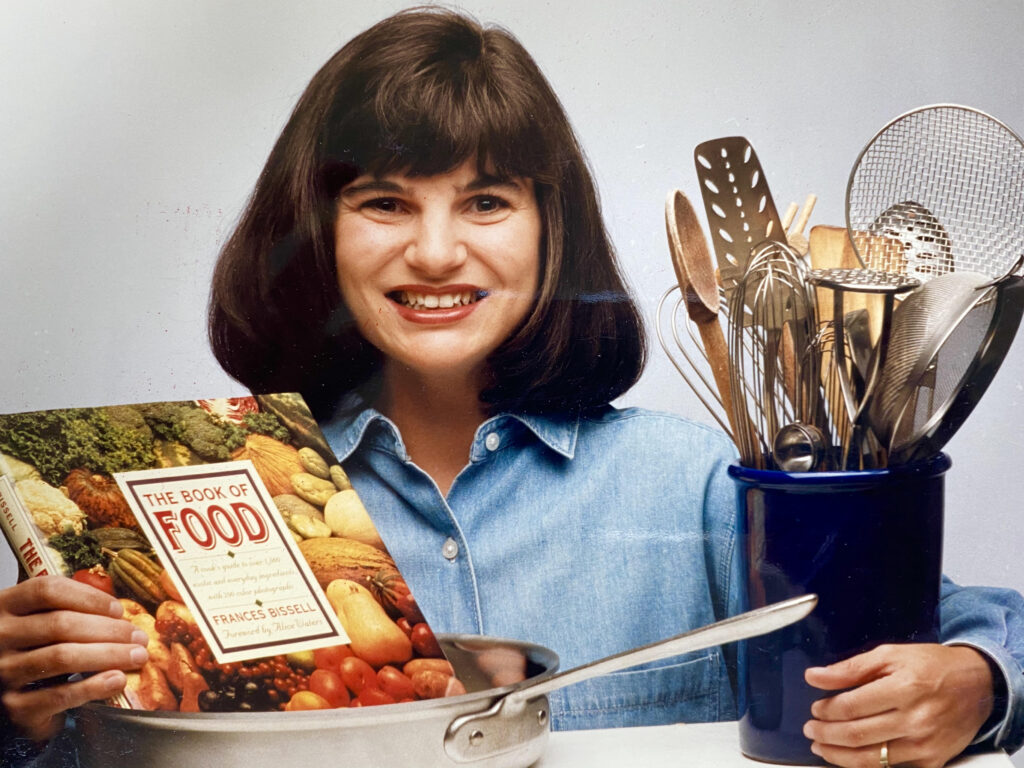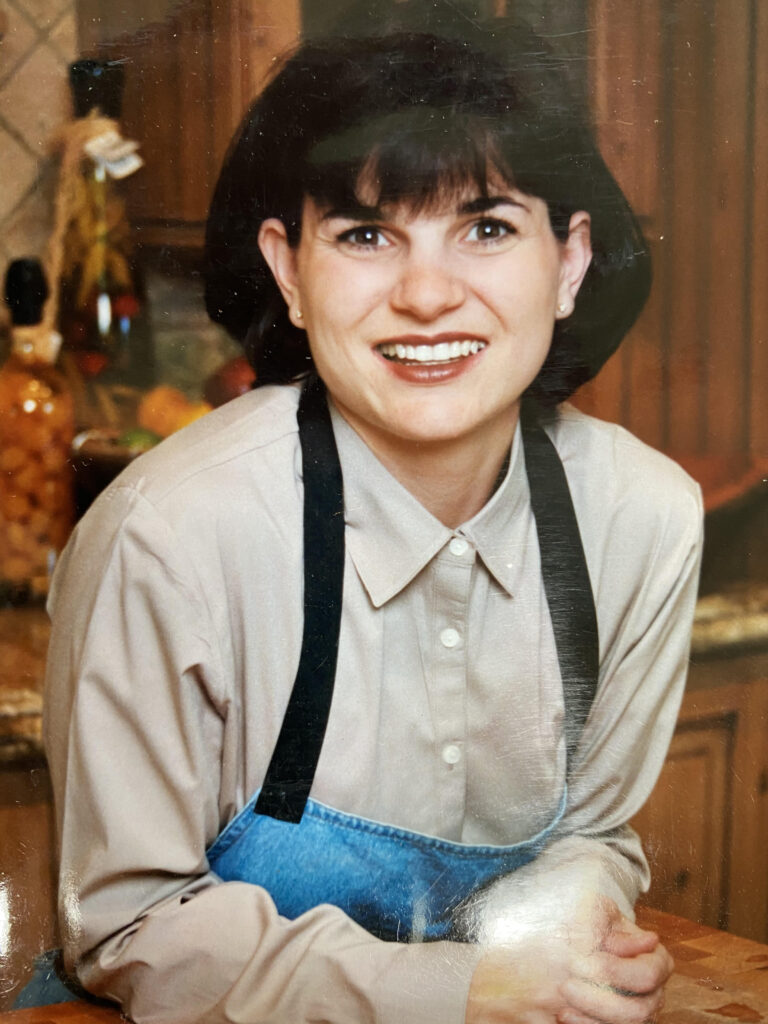You know that old adage about people just falling into their professions? That somehow they got to where they are today by accident?
I’m familiar with that concept. I am also familiar with the confusion that often accompanies the non-linear path to achieve a unique position. I think my parents have never quite known what I do for a living. When I worked in banking, they thought I was saving the world through small business loans (I wasn’t.) When I started a cookie company, they thought I was crazy. (Yep.) When I started my cooking school, they moved to Reno, Nevada thinking that they would help part-time and enjoy semi-retirement. (Definitely NOT!) And when I transitioned from culinary to aquaculture, they thought I was promoting delicious sustainable fish. (Okay, that’s pretty accurate.)
I think the confusion exists because, unlike others, my career path has not been a completely linear one. This used to frustrate me (and probably my parents). It made me think that something must be “wrong” with me, especially since my amazing brother seemed to have it all together (he majored in aerospace engineering. Need I say more?). I went to college with the idea that I’d like to do something “creative.” Vacillating between my love of public speaking and marketing, I ended up majoring in Communications at the University of Colorado, in Boulder. I loved storytelling, but also enjoyed the collaborative leadership aspect of bringing dynamic presentations to life. In the end, I married the two and graduated on schedule.
My first job out of college – a twelve-stop speaking tour. Not exactly.
Two Words: Transferable Skills
I figured out pretty quickly that to succeed, and actually enjoy a profession, I’d have to forge my own path. Coming from a family of more traditional, linear path seekers, I was sometimes met with eye-rolling and resistance. But I was determined to find my way, and to me, that meant going after things that seemed interesting and exploring new opportunities when they presented themselves, even (and sometimes, especially) if they were a bit scary and challenged me. Through the various iterations of my career, I’ve been able to use and build transferable skills that have transcended across many different spaces.
The Common Thread
So what’s been the common thread?
I have worked in something related to the food industry for nearly a quarter of a century – from the cooking store in college to the culinary center in Reno. I have appeared on national and regional TV news programs and lifestyle shows across the United States. I worked with food journalists, gave insights on food trends, and was honored to be nominated for numerous awards, including a James Beard Award. Then one day a call came that changed my life. My agent asked if I would come help to launch what would likely become the most sustainably-raised salmon to ever come to market.
Something about this resonated deeply within me. I had a lot to learn, but was surrounded by people smarter than I am with a passion to make difference on the water. They taught me the future of fish and seafood and that the only way to ensure healthy, ocean-friendly marine proteins in the future was through sustainable aquaculture. They shared how seafood consumption had nearly doubled worldwide in the last decade, but fish stocks had not kept pace. They emphasized that sea life at all levels of the food chain was at risk and that nearly all of this depletion could be drilled down to one thing – consumption. They said that we had to evolve our relationship with the ocean’s resources and adapt in an effort to make the harvesting and the rearing of fish more sustainable for the long-term.
For the first time in my career, I was uncomfortable. I was challenged. At every level, I was challenged. Whether in a grocery store as I passed out servings of “farmed salmon” and the customers yelled at me for the decimation that farmed salmon had done to the ocean or a chef that spit out the fish, disgusted by what he thought he knew. I was driven to create new perspectives, acquire new skills, and push boundaries when it came to the perceptions of sustainable aquaculture. I surrounded myself with great mentors like John Ash, the team from Monterey Bay Aquarium’s Seafood Watch, Julie Kuchapatov from Fair Trade Seafood, Shevis Shima from Santa Monica Seafood, and many others. I learned to be comfortable with discomfort.
From a very young age, I learned to be an excellent communicator, observer, facilitator, collaborator, and creative leader. What I gravitated to, and excelled at, was being able to quickly assess what’s working and what’s not, come up with recommendations and an action plan to improve, strengthen and build, and then deliver results. I also quite frequently found myself pushing out-of-the-box solutions, which lead the way to innovation and change. I loved ideas that were all enhanced – NOT hindered – by non-linear thinking.
Merging that collective skill set with sustainable aquaculture put me in a place that felt like home. I have been working in sustainable aquaculture ever since. It has not always been an easy path, but over the years I have gathered the tools that it takes to bring an aquaculture company to market in a successful way. I’ve always looked at my role as being in the middle – standing in the space between the water farmer and the marketplace. And that’s a good thing. It’s where I do my best work.
What I’ve come to realize is that what has led me to this place of championing the water farmer has been anything but accidental. Throughout my career, I have pursued opportunities and interests that challenge me, things that I felt extremely passionate about. And in that way, my career has been very intentional. Everything that I have done in the past has lead me to this moment – albeit in a roundabout way.
Now if someone could please explain to my parents what I do, that would be great.



